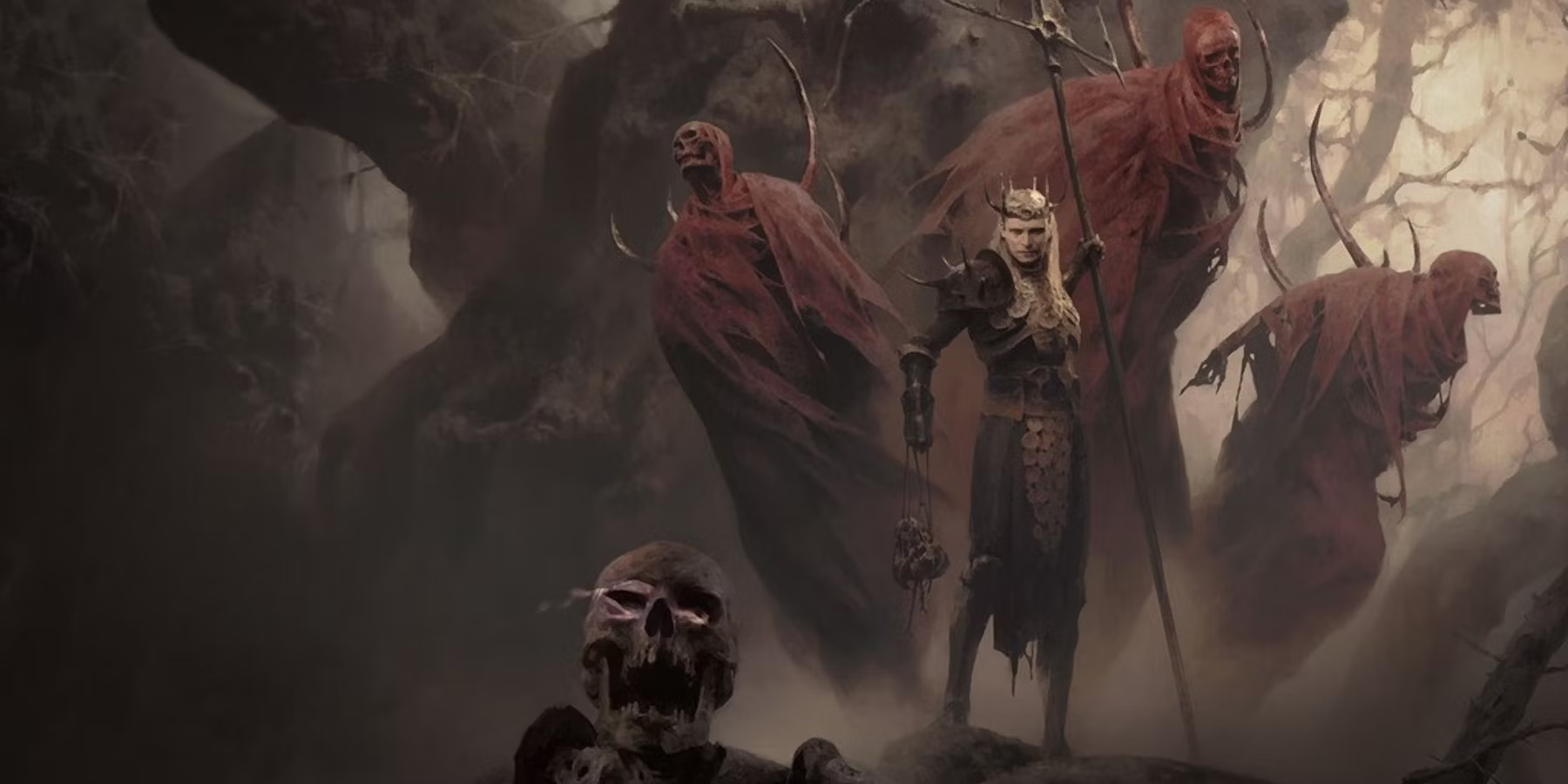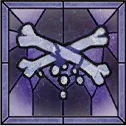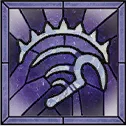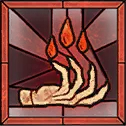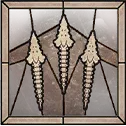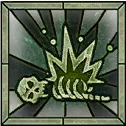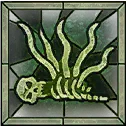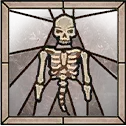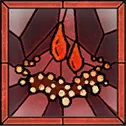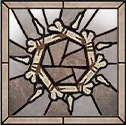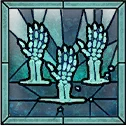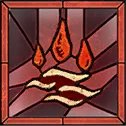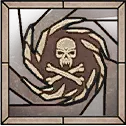For Necromancers in Season 11, we currently recommend two different play-styles. Take into consideration that Minions are underperforming currently compared to the Affliction leveling powerhouse. We strongly recommend using one of these leveling guides before transitioning to one of our end-game build guides, which you can find at the link below.
General Leveling Tips
The recommended difficulty to level in is Hard. This will provide you with the smoothest and fastest leveling experience. If you like the added challenge, you can of course play in expert, but the extra experience from monsters does not make up for the added time it takes to kill them, and this will generally result in a slower and clunkier leveling process.
In regard to leveling up on the seasonal realm, you might also want to check out our season checklist, as it will give you some useful tips and tricks on how to be prepared for Season 11 of Diablo 4. Don’t miss this chance to make the most out of your leveling journey!
Before you can engage in endgame activities like Nightmare Dungeons, Infernal Hordes, Helltides, Kurast Undercity, Pit of the Artificiers or the Tree of Whispers, you must complete the main storyline.
Getting a mount is an important step in your leveling journey, and we recommend generally saving your explorations of the world (such as for unlocking all Teleports) for until after you get it. For more details, read our mount guide.
Essence, Necromancer’s Resource
Necromancers have two different resources: Essence and Corpses.
Essence is the main resource and is comparable to the primary resource of other classes; it refills slowly over time, but can also be replenished through the use of some Basic Skills and talents. Essence is used to cast some of your most powerful skills.

The secondary Necromancer resource is Corpses. Corpses come from fallen enemies and can be raised as minions or simply detonated.
Unique Class Mechanic – Book of the Dead
The Necromancers unique class mechanic is called The Book of the Dead. This book will unlock upon reaching Level 5 and allows Necromancers to customise their army to their liking. For example, which minions they want to summon and how they behave in combat.
There are three customisable minions: Skeletal Warriors, Skeletal Mages, and Golems.
Minions will automatically re-summon after respawning during a World Boss fight.
The first part of the Book that unlocks will be the Skeletal Warriors. Advancement through levels will then grant access to Skeletal Mages next, while Golems can only be obtained by completing a priority quest at Level 25.
Skeletal Warriors
Skeletal Warriors can be given one of three specialisation: Skirmishers, Defenders, or Reapers.
Skirmishers are standard warriors that deal 30% increased damage, but have 15% reduced Life. Defenders wear shields and have 15% increased Life. Reapers Slow attackers with wide area of effect frontal scythe attacks and have a powerful wind-up skill that deals heavy damage every 10 seconds.
Skeletal Mages
Skeletal Mages come in three varieties: Shadow Skeletal Mages, Cold Skeletal Mages, and Bone Skeletal Mages.
Cold Skeletal Mages Chill and Freeze enemies. Shadow Skeletal Mages deal additional Shadow damage. Bone Skeletal Mages launch their own bones to deal heavy Physical damage at the cost of some of their Life.
Golems
Necromancers can select one of three different types of Golems: Bone Golems, Blood Golems, and Iron Golems.
Bone Golems Taunt enemies in a wide area. Blood Golems drain Life from enemies around them. Iron Golems charge into enemies to slam the ground and Stun.
Secondary Class Mechanics
Sacrifice
Necromancers can sacrifice their minions in order to become stronger for a short period of time. For example, sacrificing a Blood Golem increases the Necromancer’s maximum Life for a short time. During that time, however, it is impossible to summon any more Golems.
Curses
Necromancers can cast Curses upon their enemies through skills like 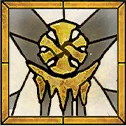 Iron Maiden and
Iron Maiden and 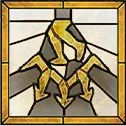 Decrepify, which inflict powerful but temporary debuffs with unique effects.
Decrepify, which inflict powerful but temporary debuffs with unique effects.
Weapons and Restrictions
Reaper’s Scythe is unique Necromancer weapon type with implicit bonus to Summoning Damage. However, if you cannot get your hands on a Scythe right away, Swords, Daggers, Maces, Axes and Wands, as well as an offhand Focus and Shield, are all available to Necromancers. Two-handed weapons are the slowest with doubled power of the Legendary Aspect imprinted on them. One-handed weapons are fast, but need a proper Offhand or Shield to match the base damage of 2-handers. Every weapon type has its own bonus to specific damage type and different attack speed to match any playstyle.
Skills and Passive Skills
This section provides an overview of the main skill categories for the Necromancer. For a detailed list of all Necromancer skills and passive skills, refer to the pages below.
Necromancer Skills Categories
All classes have Basic, Core, and Ultimate Skills as categories. Necromancers also have Macabre, Curse, and Corpse Skills.
Basic Skills
Basic Skills are spammable skills whose primary purpose is to regenerate Essence. Basic Skills are not very powerful, but good to finish off small enemies or as a filler while waiting for more powerful skills to be available. They can also be a good source for Corpse generation.
The Basic Skills for the Necromancer are:
Core Skills
These are some of the most used Necromancer skills in any build, as they are the main source of damage. However, while Core Skills have no cooldown, their biggest drawback is their Essence cost.
The Core Skills for the Necromancer are:
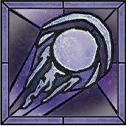 Blight,
Blight, 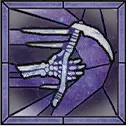 Sever,
Sever, 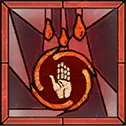 Blood Surge,
Blood Surge, 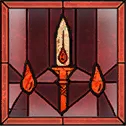 Blood Lance and
Blood Lance and 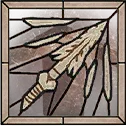 Bone Spear
Bone Spear
Corpse Skills
Corpse Skills help to boost the defensive capabilities of the Necromancer, as well as providing powerful offensive options.
The Corpse Skills for the Necromancer are:
Curse Skills
The Curse Skill category includes all Necromancer skills that inflict Curses or Corruption upon enemies. Curses help with dealing damage over time and increase the damage dealt to Cursed / Corrupted enemies.
The Curse Skills for the Necromancer are:
 Iron Maiden and
Iron Maiden and  Decrepify
Decrepify
Macabre Skills
With these skills, Necromancers can boost their own damage while summoning additional horrors to deal even more combined destruction.
The Macabre Skills for the Necromancer are:
Ultimate Skills
Ultimate Skills are powerful skills that have a long cooldown. Ultimate Skills must be built around in order to be effective, and only one can be chosen at a time.
The Ultimate Skills for the Necromancer are:
Dismount Skill
While mounted, the Necromancer class has access to a unique Dismount Skill which causes them to jump off the mount, slam the ground, and create a frontal cone of magic bones, damaging enemies in the way. Players that are struck by an enemy are automatically dismounted and are unable to use their Dismount Skill.
Necromancer Attributes
The four core attributes benefit each of the five classes in slightly different ways. Here are their effects for the Necromancer:
| Attribute | Effect 1 | Effect 2 | Effect 3 |
|---|---|---|---|
| Strength | 2 Armor per point | ||
| Intelligence* | 10% Skill Damage per 100 points | 2,5% All Resistances per 100 points | |
| Willpower | 10% Resource Generation per 100 points | 10% Healing Received per 100 points | 25% Overpower Damage per 100 points |
| Dexterity | 2% Critical Strike Chance per 100 points | 2.5% Dodge Chance per 100 points |
Endgame Necromancer Builds
The leveling builds listed at the top of this page are designed to take your Necromancer to Level 60. Afterwards, you should use an endgame build guide to allocate Paragon points and equip gear with the best stats and Aspects. The following endgame builds will help you optimize your character from Level 60 to Paragon Level 328.
Endgame Activities
Finish the storyline to unlock the various endgame activities in Diablo 4. Follow the yellow-marked quests, and you should have no trouble finding your way.
After finishing the main storyline, the game becomes quite open-ended. The following sections provide a quick list of the activities you should do, in approximate order.
Endgame Tips After Level 60
The leveling builds on this page are designed to get you to Level 60, but as you approach or reach that milestone, you might be wondering what activities you should engage in Diablo 4. Below, we will briefly go over some of the things you can and, in some cases, should be doing after Level 60.
Finishing the storyline is necessary to unlock the various endgame activities on offer, so it is definitely something you should prioritize. Just make sure you always complete the yellow-marked quests, and you should have no trouble finding your way.
Keep in mind that after you complete the main storyline, the game is quite open-ended, leaving you with a choice of which activities to engage in and in what order, depending on your goals (leveling as quickly as possible, progressing Nightmare Dungeons, engaging in PvP, etc.). That said, in the sections that follow we have provided a quick list of the activities you should do, in approximate order.
Tree of Whispers
The Tree of Whispers, located in Hawezar, rewards you for completing bounties found all over the game world. These are generally profitable activities that will reward you with experience and items, and since they are found in many areas of the world, they can be paired well with completing other events and activities.
The Tree of Whispers is also your first source of Nightmare Sigils, items needed to activate Nightmare Dungeons, one of the primary endgame activities.
Nightmare Dungeons
Nightmare dungeons are arguably the main endgame activity in Diablo 4. Once you receive your first Sigil (likely from the Tree of Whispers), you can start to do these dungeons, which will drop more Sigils, and after that you should never really run out. Nightmare dungeons can only be performed in World Tier 3 or higher.
Nightmare dungeons are an essential part of the endgame (since their difficulty has a lot of potential for increase), providing you with a challenge in return for which you can receive great item rewards. Nightmare dungeons are also the only way to level up the Glyphs that are inserted into your Paragon board, which is crucial for increasing character power.
Helltides
Helltides appear on the map for players who are in World Tier 3 or higher, taking over large swathes of land for one hour. During this time, monsters killed in the affected area drop a special temporary currency that can be used to unlock chests found in the Helltide area.
Participating in Helltides often is highly recommended, if for no other reason that they are the only place where you can reliably obtain Forgotten Souls, a crafting material required to Enchant Sacred and Ancestral (World Tier 4) items at the Occultist. Enchanting items to replace an undesirable property is key to optimizing your gear, and that is simply not possible without Forgotten Souls.
Legion Events and World Bosses
Legion events and World Bosses are marked on the map, and these are good activities to engage in in World Tiers 3 or 4, since they reward potentially good items, as well as good experience, in the case of Legion events. Simply go to the marked area on the map and join the other players in killing the enemies.
The Pit
The Pit is a progression challenge unlocked at level 60. The format is a dungeon mobbing phase to fill a progression bar, and a final Boss fight to clear the Pit level. Use The Pit level up your Glyphs, unlock higher Torment difficulties, and for the paragon xp grind.
Infernal Hordes
The Infernal Hordes is similar to Nightmare dungeons as you gain access via an Infernal Compass, but works as a wave-based endgame activity first introduced in Season 5. These can be acquired through various endgame activities such as defeating endgame bosses, Whispers, Nightmare Dungeons, Helltides and more. During the encounters in this area you’ll accumulate Aether which is used at the end of the run to unlock loot caches and currency or to Summon greater challenges.
During Season 10, Fleeting Hordes will be available while leveling which is a mini-version of Infernal Hordes!
Kurast Undercity
Kurast Underctity, introduced in the Vessel of Hatred expansion, is a time attack dungeon scenario where Tributes are offered and Bargains struck to target specific rewards like runes, xp or specific types of gearing. To unlock Undercity, reach Level 20, have the Vessel of Hatred expansion, and summon the Spirit Flame in the Nahantu region.
Seasonal Activites
Seasons come with various events with supplemental power systems, secondary reputation tracks, and world events. Check our updated Seasonal Hub for general season theme information every season.
Changelog
- December 11, 2025: Guide updated for Season 11.
- September 22nd, 2025: Guide updated for Season 10.
- June 25th, 2025: Guide updated for Season 9.
- April 27th, 2025: Guide updated for Season 8
- January 19th, 2025: Guide updated for Season 7.
